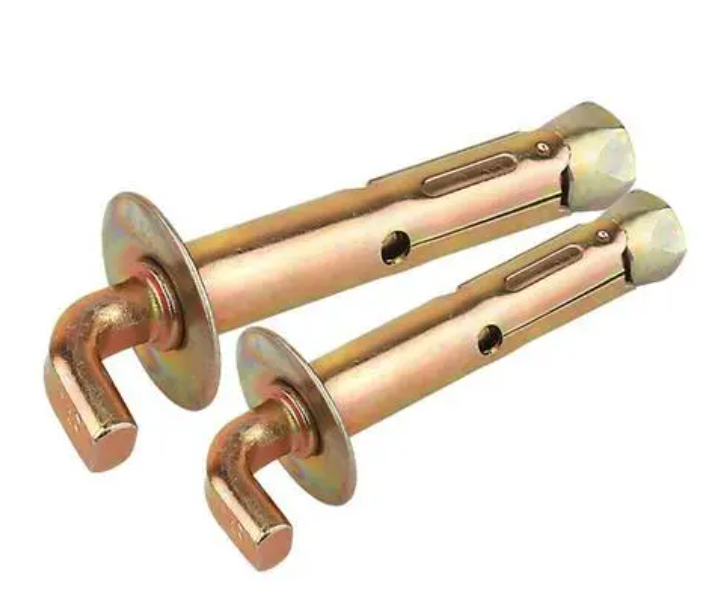Sep. 05, 2023
Hardware
Anchor boltsare a fundamental component in construction, serving as the literal anchor that holds structures securely in place. Whether it's a skyscraper, a bridge, or a simple outdoor sign, anchor bolts play a critical role in ensuring stability and safety. To appreciate their significance fully, it's essential to understand the standards that govern anchor bolts. In this essay, we will explore these standards, delving into their importance and implications.

Before diving into the standards, it's crucial to define anchor bolts. Anchor bolts are heavy-duty fasteners designed to connect structural and non-structural elements to concrete. They are typically embedded in concrete foundations or structures during construction, and their main purpose is to resist various loads, including tension, shear, and even seismic forces.
Anchor bolt standards are established to ensure uniformity, reliability, and safety in construction practices. These standards provide detailed guidelines for the design, manufacturing, and installation of anchor bolts. Compliance with these standards is vital to ensure that anchor bolts perform their intended function effectively.
There are several anchor bolt standards recognized internationally, with some of the most prominent ones being:
1. ASTM F1554: This American Society for Testing and Materials standard outlines the requirements for anchor bolts used in structural applications. It categorizes bolts into three grades based on their tensile strength: Grade 36, Grade 55, and Grade 105.
2. ACI 318: The American Concrete Institute's Building Code sets forth guidelines for designing anchor bolts in concrete. It covers aspects like bolt spacing, edge distance, and load factors, ensuring safe and efficient anchorage.
3. ISO 898: The International Organization for Standardization's standard provides specifications for high-strength steel bolts, including those used as anchor bolts. This standard ensures the quality and performance of bolts worldwide.
1. Safety: Anchor bolts are crucial for the structural integrity of buildings and infrastructure. Adhering to standards ensures that anchor bolts can withstand various forces, minimizing the risk of structural failures.
Related articles:2. Uniformity: Standards promote consistency in manufacturing and installation practices, making it easier for engineers, architects, and contractors to work with anchor bolts from different suppliers.
3. Liability and Insurance: Compliance with anchor bolt standards can affect liability in construction projects. Failure to follow these standards can lead to legal issues and insurance complications.
While anchor bolt standards offer numerous benefits, they also pose challenges in the construction industry:
1. Cost: Meeting these standards may increase project costs due to the use of higher-grade materials or more complex installation procedures.
2. Education: Ensuring that all stakeholders, including contractors and workers, are well-versed in anchor bolt standards can be a challenge.
3. Inspections: Regular inspections are essential to verify compliance, but they require time and resources.
In conclusion, anchor bolts are the unsung heroes of construction, providing stability and safety to structures of all sizes and purposes. The standards governing anchor bolts are essential for ensuring their reliability and performance. These standards prioritize safety, uniformity, and adherence to best practices. However, they also come with challenges that require careful consideration in construction projects. Ultimately, understanding and implementing anchor bolt standards is a fundamental aspect of responsible construction, one that can make the difference between a structure that stands strong for generations and one that faces potential risks.
If you are interested in sending in a Guest Blogger Submission,welcome to write for us!
All Comments ( 0 )